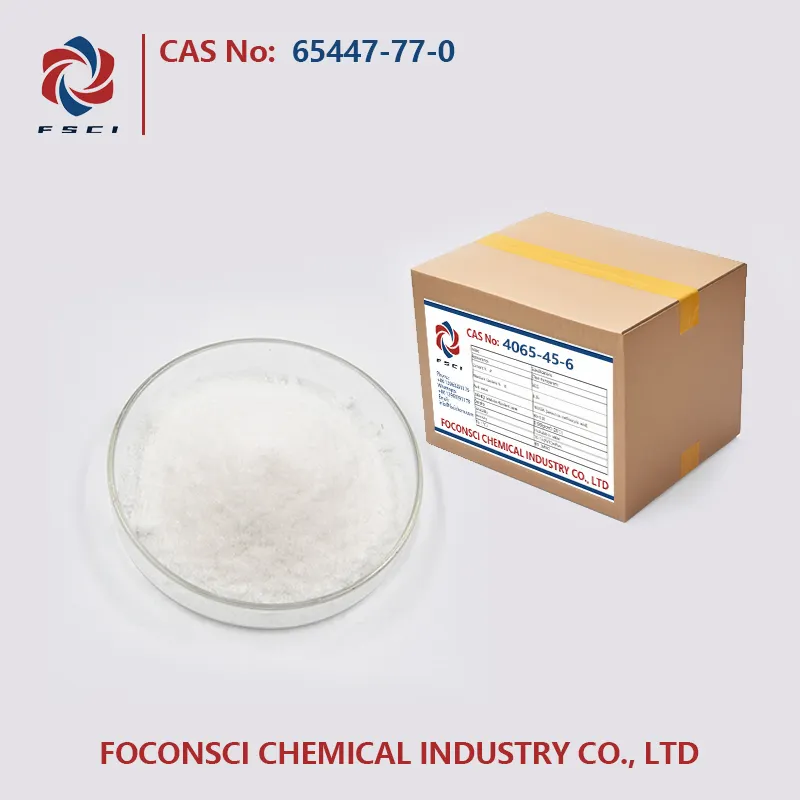V neustále se rozšiřující oblasti materiálové vědy neexistuje zdánlivě žádná horní hranice ve výzkumu další lepší nebo více trvanlivého materiálu. V dvou třídách přísad, které významně zvyšují výkon materiálů nebo jejich vlastnosti, patří stabilizátory světla a plastifikátory mezi nejdůležitější složky. I když tyto dva fungují odděleně, jejich použití v kombinaci dává lepší materiály, které jsou silné a přitom pružné. Cílem tohoto článku je zkoumat, jak se chovají stabilizátory světla a plastifikátory firmy Foconsci Chemical Industry Co., Ltd., jaké konkrétní výhody lze připisovat každému z nich a proč je jejich kombinace velmi užitečná v moderní průmyslové produkci materiálů.
Rozumění stabilizátorům světla
Stabilizátory proti světlu jsou látky, které nejčastěji chrání polymery, plastiky nebo jiné materiály před UV degradací, běžnou příčinou degenerace materiálu, zejména v polymerech a plastech. Kromě tohoto procesu 'stárnutí' může použití opatření jako fotoaktivace vést k foto-degradaci dotčených materiálů, jako je změna barvy, úbytek mechanické síly a křehkost. Stabilizátor proti světlu buď filtrováno UV záření, nebo podporuje stabilizaci volných radikálů vytvořených expozicí na UV záření.
Stabilizátory světla na bázi hinderovaných aminů a UV absorpční látky jsou dva běžné typy stabilizátorů světla. Látky absorbující vlnovou délku, jako jsou benzotriazoly a benzofoenery, spadají pod tuto kategorii, absorbuje UV záření a mění ho na energii, která je méně škodlivá. Stabilizátory světla na bázi hinderovaných aminů naopak fungují tím, že neutralizují volná radikála vytvořená v důsledku degradace světlem, čímž brání dalšímu poškození materiálu.
Role plastifikátorů
Plastifikátory patří také do jiné skupiny přísad a jsou přidávány především pro zlepšení pružnosti, pracovatelnosti a hmotnosti materiálů, zejména plastů. Fungují tím, že se vsouvají mezi polymerové řetězce, čímž snižují mezimolekulární síly a zvyšují vzdálenost mezi řetězci, takže bude materiál méně tvrdý a méně krucha.
Plastifikátory na druhé straně zahrnují ftaláty, které jsou nejčastěji používány, přestože některé další, jako jsou adipáty, citráty a biobazované plastifikátory, nabývají obliby, protože jsou přátelské k životnímu prostředí a zdraví. Je třeba podotknout, že přítomnost plastifikátorů významně zlepšuje vlastnosti materiálů, čímž se měkké a pružné produkty stávají vhodnými pro trvanlivé použití, jako jsou kabely, filmy a další spotřební výrobky.
Synergistické výhody
Stabilizátory proti účinkům světla a plastifikátory mají jednotlivé vlastnosti, ale jejich synergistické interakce dále prodlouží životnost a použitelnost materiálů. To vyžaduje začlenění stabilizátorů proti účinkům světla, aby se vyrovnalo tomuto riziku.
Pro formulace biodegradovatelných termoplastických elastomerů umožňuje použití takových kombinací přísad ochránit kompozity před degradací způsobenou ultrafialovým zářením slunce nebo jakýmkoli jiným ničivým faktorem po delší dobu.
Aplikace v průmyslu
Použití světelných stabilizátorů a plastifikátorů se projevuje v několika odvětvích, včetně automobilového průmyslu, stavebnictví, balení a spotřebních produktů. Tyto přísady jsou neobyčejně důležité pro interní prvky, protože poskytují dodatečnou ochranu před vyblednutím, praskáním či obecným opotřebením. V stavebnictví se používají v fasádách, rámec okenních otvorů a střešní membránové materiály pro ochranu před sluncem.
Navíc jsou takové přídavné látky užitečné pro různé typy balení a také pro balicí materiály potravin a nápojů. Tyto slouží k naplnění jakýchkoli mezer a zachovávají jejich průhlednost bez ovlivnění kvality obsahu. Navíc hromadné produkty, od podlah po dětské hračky, používají tyto látky pro lepší odolnost, i v případě intenzivního využití.
Výzvy a inovace
Na druhé straně přicházejí jejich výhody s některými omezeními, jako je použití stabilizátorů světla a plastifikátorů. Tento posun se zaměřil na uznání potenciálních rizik, zejména v souvislosti s používáním určitých plastifikátorů, jako jsou ftalátové látky. Zahrnuje to nízkotoxické, biodegradabilní plastifikátory a stabilizátory světla nové generace s lepší výkonností, které životní prostředí neškodí.
Hledají také způsoby, jak tyto látky používat buď bez těchto přísad, nebo s nanotechnologiemi, aby vytvořili materiál, který je silnější, odolnější a účinnější. Takové vylepšení dávají naději na rozšíření používání trvanlivých materiálů vzhledem k rostoucím potřebám udržitelnosti a vysoké výkonnosti.
Závěr
Stojí za zmínku, že synergické použití stabilizátorů světla s plastifikátory je jednou z účinných přístupů k dosažení trvanlivých materiálů. Tyto přísady pomáhají poskytnout odolnost proti UV záření a zlepšují strukturní odolnost materiálu, čímž pomáhají materiálu vydržet využití a nepříznivé environmentální podmínky. Jak studie tak i technologie zdokonalují bezpečnost a účinnost přísad, rozšiřují se hranice vytváření pokročilejších materiálů. Perfektní synergie stabilizátorů světla a plastifikátorů společnosti Foconsci Chemical Industry Co., Ltd. nepochybně ukazuje cestu vpřed v materiálech budoucnosti.


 EN
EN
 AR
AR
 BG
BG
 HR
HR
 CS
CS
 DA
DA
 NL
NL
 FI
FI
 FR
FR
 DE
DE
 EL
EL
 HI
HI
 IT
IT
 JA
JA
 KO
KO
 NO
NO
 PL
PL
 PT
PT
 RO
RO
 RU
RU
 ES
ES
 SV
SV
 TL
TL
 IW
IW
 ID
ID
 LV
LV
 LT
LT
 SR
SR
 SK
SK
 VI
VI
 HU
HU
 TH
TH
 TR
TR
 GA
GA
 CY
CY
 KA
KA
 LA
LA
 MN
MN
 KK
KK
 LB
LB


